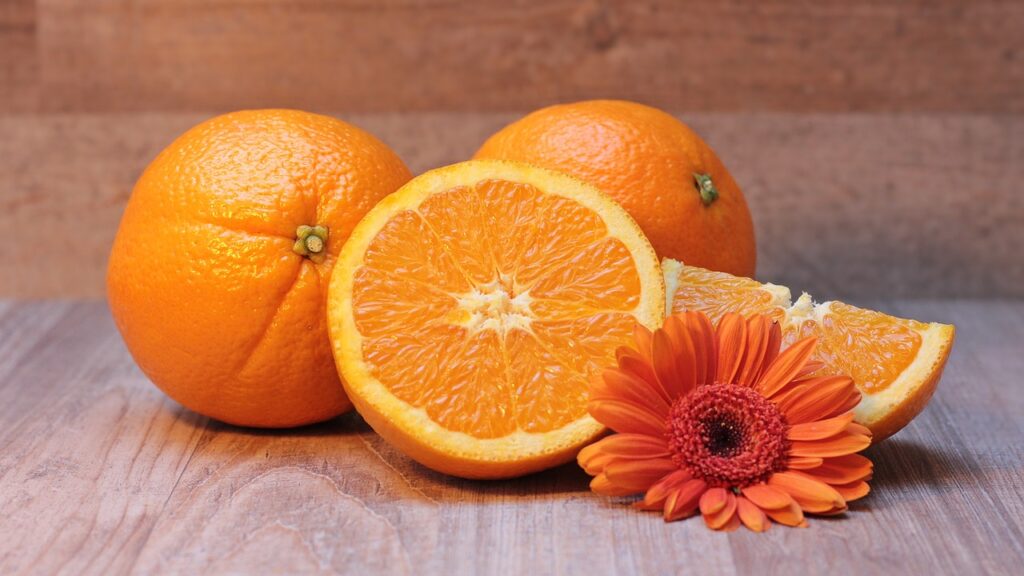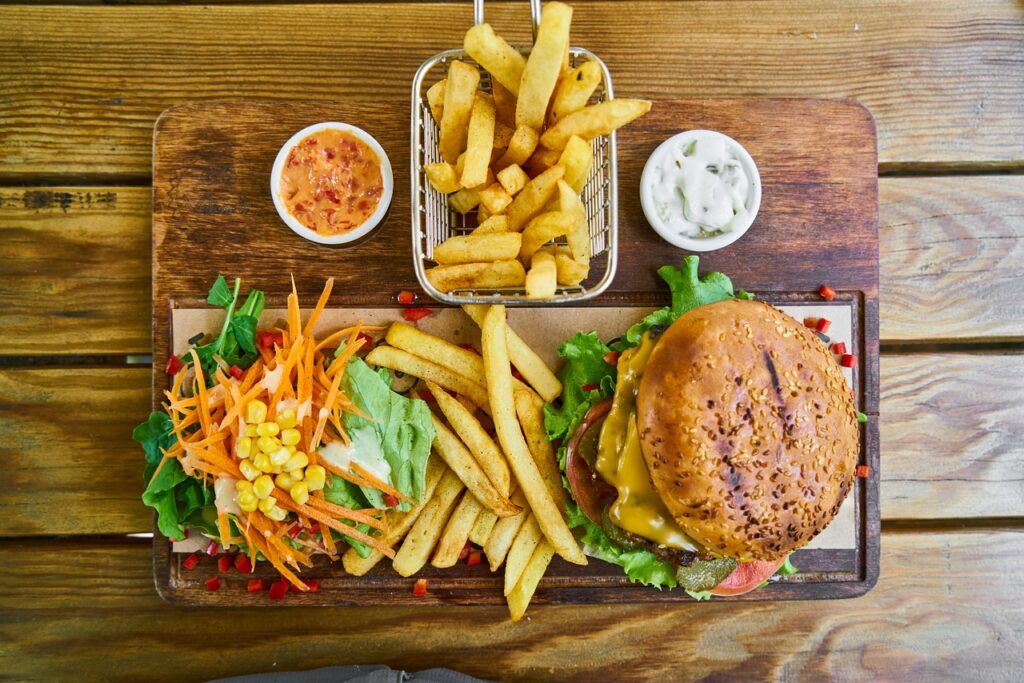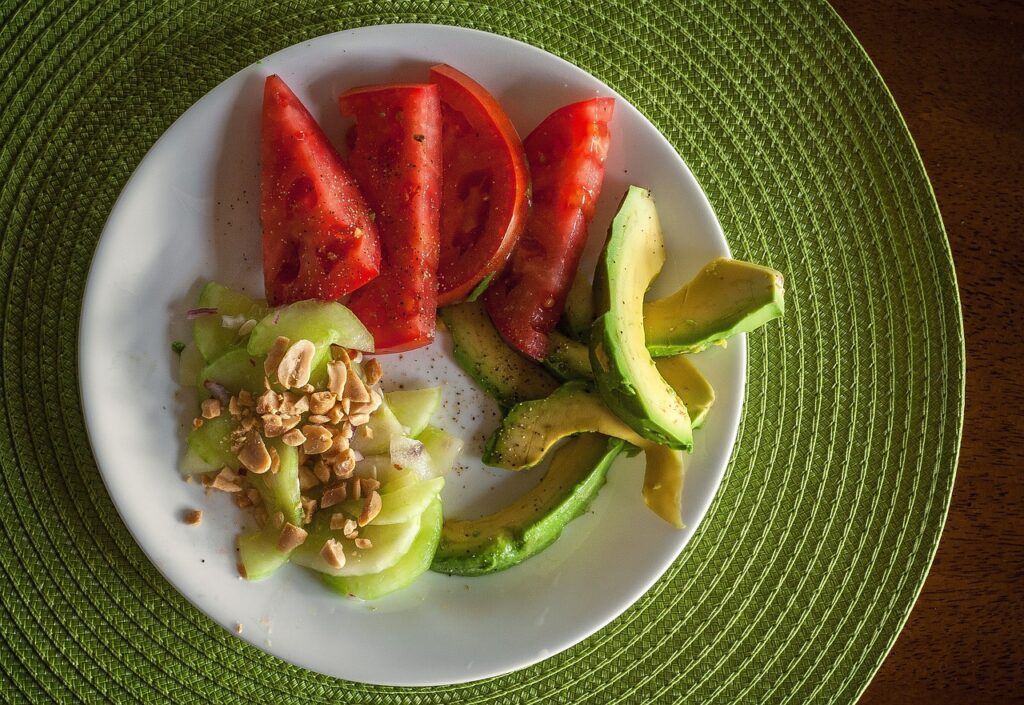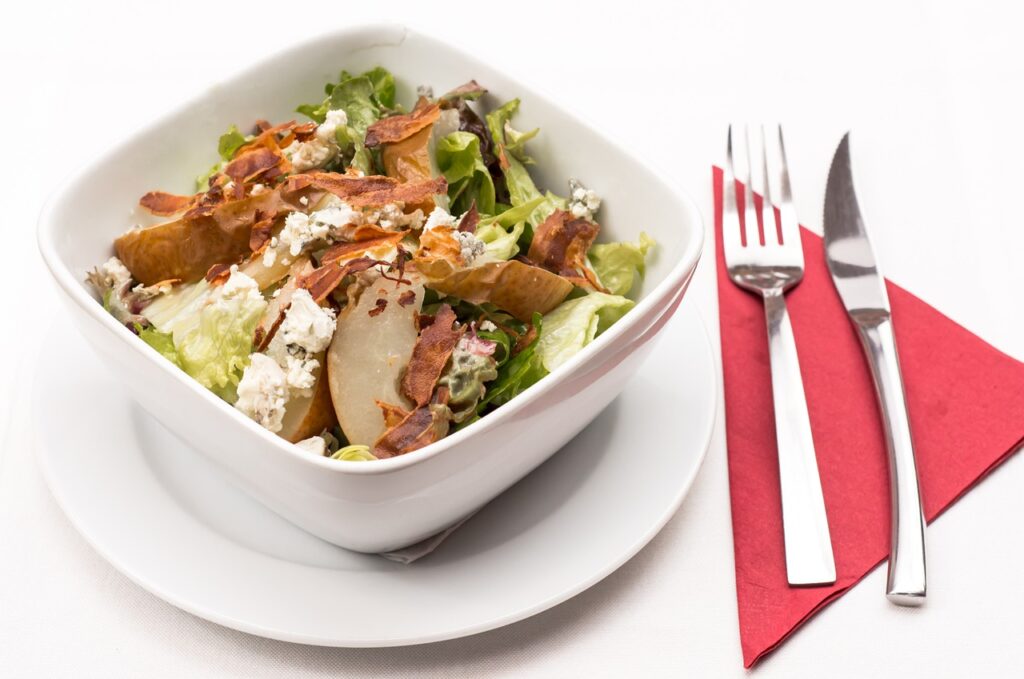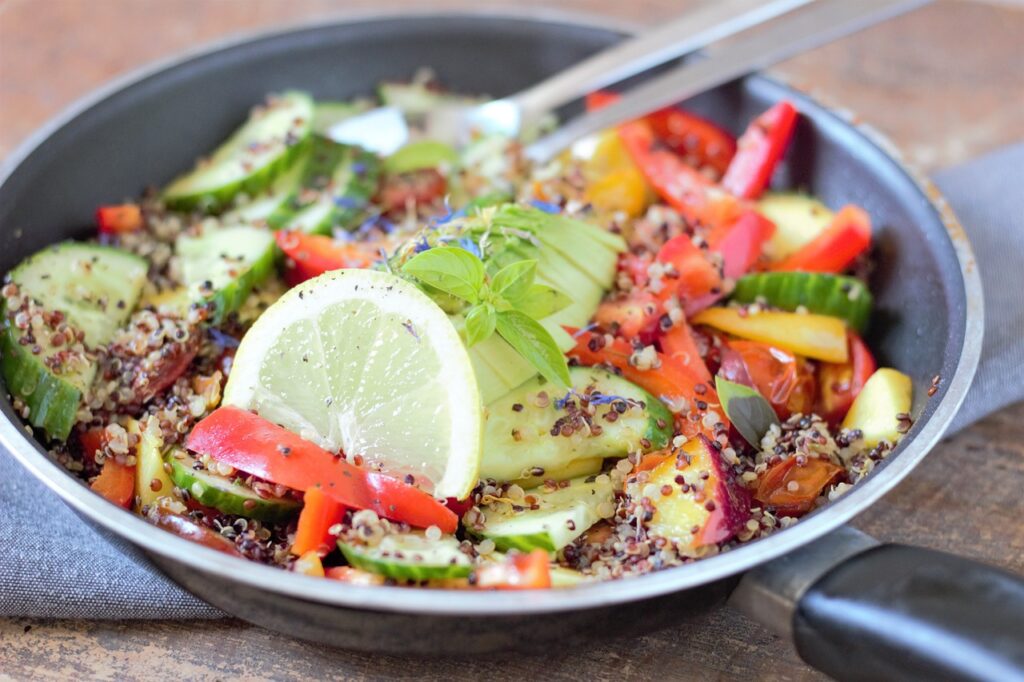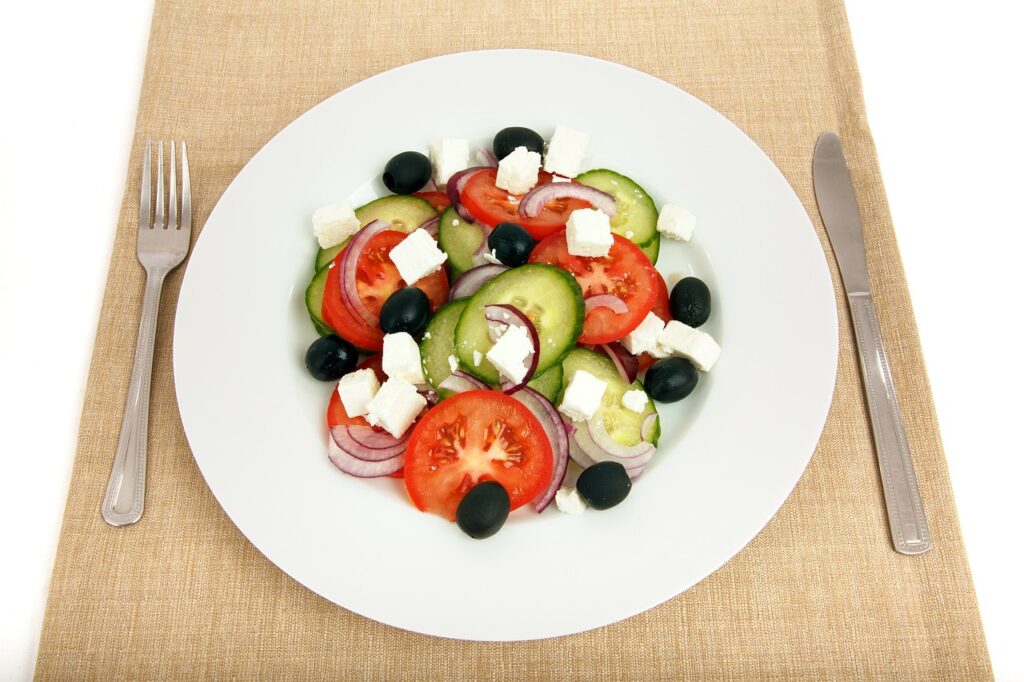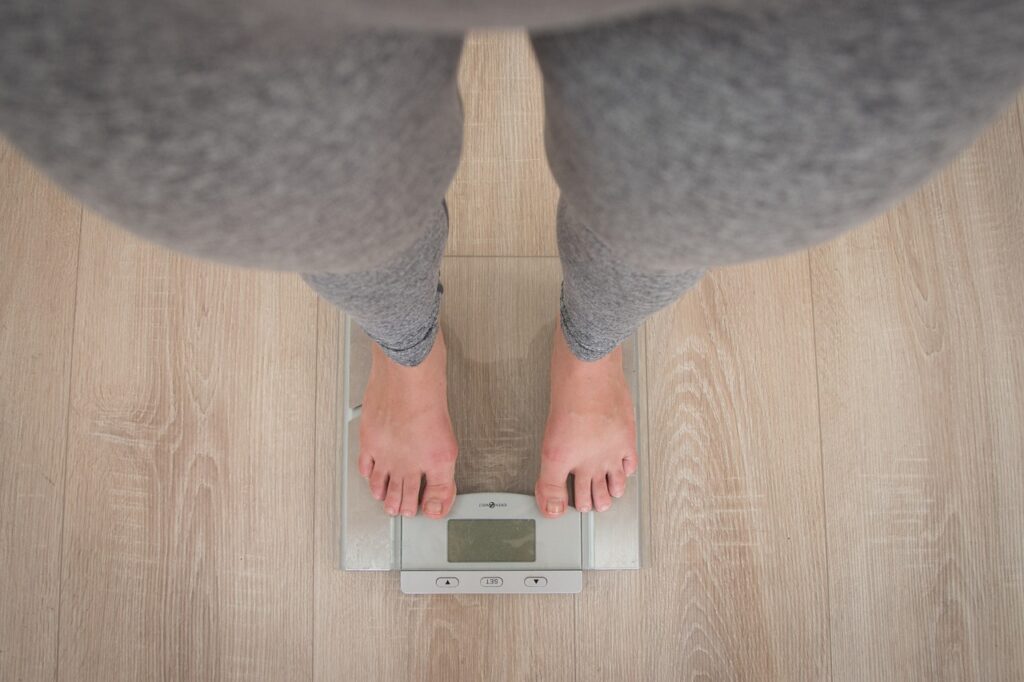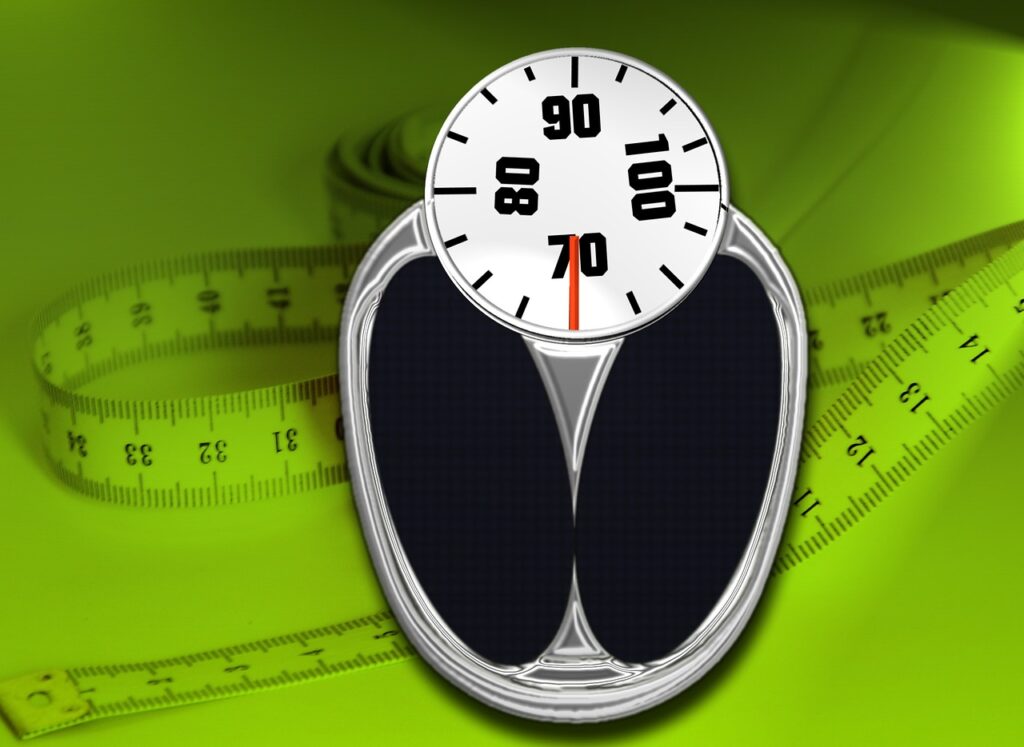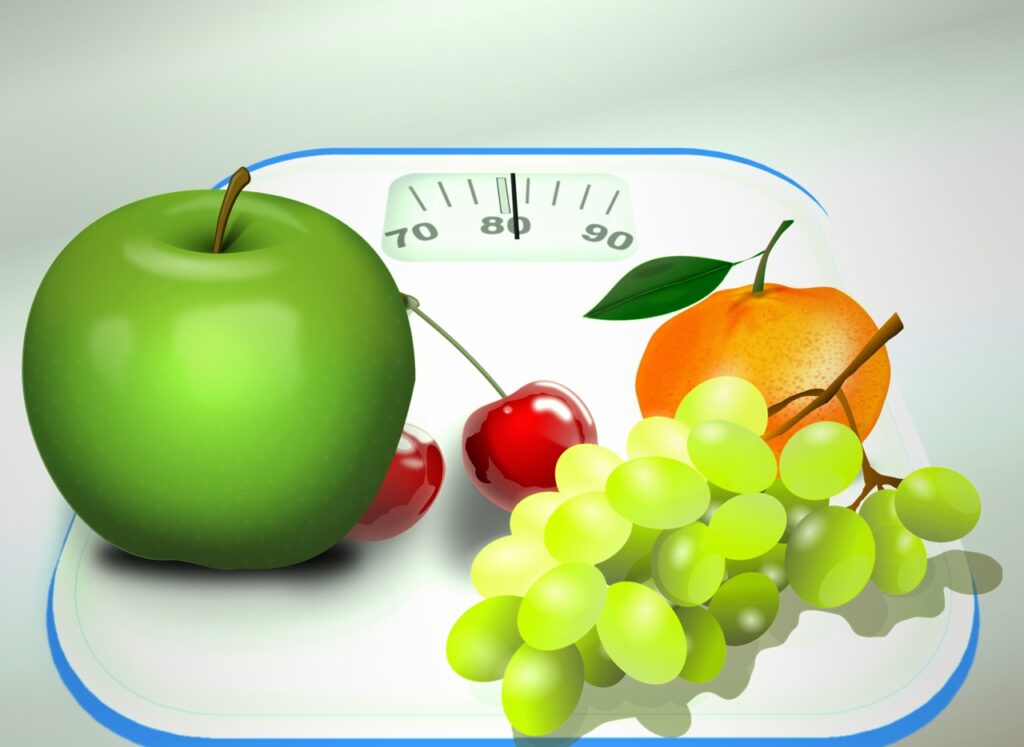10 Effective Fat-Burning Exercises for Weight Loss: Ultimate Workouts
Effective Workouts for Weight Loss
When it comes to weight loss, incorporating the right exercises into your fitness routine is crucial. Exercise not only helps burn calories but also boosts metabolism, promotes muscle growth, and enhances overall well-being. If you’re wondering which exercises are the most effective for shedding those extra pounds, you’re in the right place! In this article, we’ll dive into the top 10 fat-burning exercises that can help you achieve your weight loss goals.
Additionally, we’ll address common questions like “Can a 10-minute workout burn fat?” and “How can I burn my belly fat?” So, let’s get started and discover the power of these exercises for weight loss!

The Importance of Exercise for Weight Loss
Regular physical activity is a key component of any successful weight loss journey. Exercise not only helps create an energy deficit by burning calories, but it also offers numerous other benefits that contribute to effective weight management.
One of the primary ways exercise aids in weight loss is by increasing calorie expenditure. When you engage in physical activity, your body utilizes energy, and this energy expenditure leads to a calorie deficit. By consistently burning more calories than you consume, you create the conditions necessary for weight loss.
In addition to calorie burning, exercise plays a crucial role in boosting metabolism. Regular physical activity stimulates metabolic rate, which refers to the number of calories your body burns at rest. By increasing your metabolic rate, exercise enables your body to burn more calories even when you’re not actively working out. This effect, known as the “afterburn,” can provide an extra advantage in your weight loss efforts.
Furthermore, exercise helps preserve lean muscle mass, which is vital for sustaining long-term weight loss. When you lose weight, a portion of the weight loss may come from muscle tissue. However, incorporating strength training exercises into your routine can help counteract muscle loss. By building and maintaining lean muscle mass, you enhance your body’s ability to burn calories efficiently and improve your overall body composition.
*Transform your fitness journey with our collection of 200 high-quality training videos
Can a 10-Minute Workout Burn Fat?
Absolutely! Many people struggle to find time for exercise in their busy schedules, but the good news is that even a short, intense workout can be effective for burning fat and improving fitness levels. High-intensity interval training (HIIT) workouts, which typically last for 10 minutes or less, have gained popularity due to their ability to provide significant fat-burning benefits in a short amount of time.
HIIT workouts involve alternating between short bursts of intense exercise and brief recovery periods. This approach challenges your cardiovascular system, increases calorie burn, and elevates your metabolism even after the workout is complete. Research has shown that HIIT can be more efficient at burning fat compared to traditional steady-state cardio exercises. So, if you’re short on time, incorporating HIIT exercises into your routine can help you maximize fat burn and achieve your weight loss goals.
How Can I Burn My Belly Fat?
Belly fat can be stubborn and challenging to lose, but with a targeted approach that combines exercises and a balanced diet, you can work towards trimming your waistline.
Here are a few exercises that specifically target the abdominal area:
Crunches: Lie on your back with your knees bent and your hands behind your head. Engage your abdominal muscles and lift your upper body towards your knees, then slowly lower back down. Focus on using your core muscles to perform the movement effectively.
Planks: Start in a push-up position, then lower yourself onto your forearms. Maintain a straight line from your head to your heels, engaging your core muscles. Hold this position for as long as you can while maintaining proper form. Planks target the entire core, including the abdominal muscles, and help strengthen and tone the area.
Russian Twists: Sit on the ground with your knees bent and feet slightly lifted off the floor. Lean back slightly to engage your core, then twist your torso from side to side, touching the ground on each side with your hands. This exercise targets the oblique muscles, which are responsible for the side-to-side movements of your torso.
Remember, while targeted exercises can help tone your abdominal muscles, it’s essential to combine them with a balanced diet and overall weight loss strategies to reduce overall body fat. Spot reduction is not possible, and losing belly fat requires a holistic approach.
By incorporating regular exercise, including cardiovascular workouts, strength training, and targeted abdominal exercises, along with a healthy diet, you can work towards achieving your weight loss goals and shedding excess belly fat. Stay consistent, be patient, and enjoy the journey to a healthier and fitter you.
*Effective Tips to Lose Belly Fat
The Top 10 Fat-Burning Exercises for Weight Loss
Running or Jogging: Running or jogging is a classic aerobic exercise that not only burns a significant amount of calories but also improves cardiovascular health. It is a great way to get your heart pumping and boost your endurance. Whether you prefer running on a treadmill or jogging outdoors, this exercise helps strengthen your leg muscles and promotes overall fitness. By incorporating running or jogging into your routine, you can enjoy the benefits of increased calorie burn and improved cardiovascular endurance.
Jumping Rope: Jumping rope is a simple yet highly effective exercise that engages multiple muscle groups and increases heart rate. It is a great way to improve coordination, agility, and cardiovascular fitness. Jumping rope burns a substantial amount of calories and can be done virtually anywhere. Plus, it offers a variety of intensity levels, making it suitable for beginners and advanced fitness enthusiasts alike. By including jumping rope in your workout routine, you can enhance your fat-burning efforts while enjoying a fun and challenging exercise.
High-Intensity Interval Training (HIIT): High-intensity interval training, or HIIT, is a workout method that involves short, intense bursts of exercise followed by brief recovery periods. HIIT workouts are known for their efficiency in burning fat and improving cardiovascular fitness. By pushing your body to its limits during intense intervals and then allowing it to recover, you create an optimal fat-burning environment. HIIT exercises can include various movements such as sprinting, jumping jacks, burpees, and more. By incorporating HIIT into your fitness routine, you can maximize fat burn and improve overall endurance.
Cycling: Cycling, whether indoors on a stationary bike or outdoors, is a low-impact exercise that can torch calories and strengthen leg muscles. It offers a great cardiovascular workout while being gentle on the joints. Cycling allows you to control the intensity of your workout by adjusting the resistance or speed. It targets the muscles in your legs, including the quadriceps, hamstrings, and calves, while also engaging the core and glutes. Whether you prefer a leisurely bike ride or an intense cycling session, this exercise can be a fantastic addition to your weight loss journey.

Swimming: Swimming is a full-body workout that provides both cardiovascular benefits and muscle toning. It is a low-impact exercise that is gentle on the joints, making it suitable for individuals of all fitness levels. Swimming engages the muscles in your arms, legs, core, and back, providing a comprehensive workout. It burns calories, improves endurance, and enhances overall strength and flexibility. Whether you choose to swim laps, participate in water aerobics, or simply enjoy a leisurely swim, incorporating swimming into your exercise routine can contribute significantly to your weight loss efforts.
Burpees: Burpees are a challenging compound exercise that targets multiple muscle groups and boosts metabolism. They involve a combination of movements, including a squat, plank, push-up, and jump. Burpees engage the muscles in your legs, core, chest, and arms, providing a full-body workout. This exercise not only burns calories but also improves cardiovascular fitness, strength, and endurance. Incorporating burpees into your routine can help increase your overall calorie burn and stimulate fat loss while building muscle and improving your athletic performance.
Strength Training: Lifting weights or using resistance bands as part of a strength training routine can help build lean muscle mass, which enhances fat burning and improves overall body composition. Strength training exercises target specific muscle groups and promote muscle growth and strength. By increasing your muscle mass, you elevate your resting metabolic rate, meaning your body burns more calories even at rest. Additionally, strength training helps improve bone density, posture, and joint stability. Exercises such as squats, lunges, deadlifts, bicep curls, and shoulder presses in your workouts can provide a range of benefits for weight loss and overall fitness.
*The 18 Best Workout Moves To Burn Fat
Rowing: Rowing is a highly effective cardio exercise that engages both the upper and lower body, providing a full-body workout. It activates the muscles in your arms, shoulders, back, core, and legs. Rowing offers a low-impact yet challenging exercise option that can help burn calories, improve cardiovascular endurance, and strengthen muscles. Whether you use a rowing machine at the gym or row outdoors on a body of water, incorporating rowing into your routine can be an excellent way to diversify your workouts and boost your weight loss efforts.
Dancing: Dancing is not only a fun and enjoyable activity but also an effective way to burn calories, improve coordination, and strengthen muscles. It offers a wide variety of styles, from high-energy Zumba to graceful ballet, allowing you to choose the dance form that suits your preferences and fitness level. Dancing engages your entire body, working for various muscle groups and promoting flexibility and balance. Whether you join a dance class, groove to your favorite tunes at home, or hit the dance floor with friends, dancing can be a fantastic exercise option for weight loss and overall well-being.
Walking: Walking is a low-impact exercise suitable for all fitness levels that can help burn calories and easily be incorporated into your daily routine. It offers numerous benefits for weight loss, cardiovascular health, and mental well-being. Taking brisk walks regularly can help improve your overall fitness, increase calorie expenditure, and strengthen your leg muscles. Walking outdoors in nature or on a treadmill while enjoying music or podcasts can make the exercise more enjoyable and motivating. Whether you take short walks during breaks or plan longer walks as part of your fitness regimen, walking is an accessible and effective exercise for weight loss.
*WalkingPad Double-Fold Treadmill
Incorporating these top 10 fat-burning exercises into your fitness routine can greatly contribute to your weight loss journey.
Remember to choose exercises that you enjoy and that suits your fitness level. Alongside regular exercise, maintaining a balanced diet and a healthy lifestyle is crucial for achieving sustainable weight loss. So, lace up your shoes, get moving, and start experiencing the incredible benefits of these exercises for weight loss. You’ve got this!
*Transform your fitness journey with our collection of 200 high-quality training videos
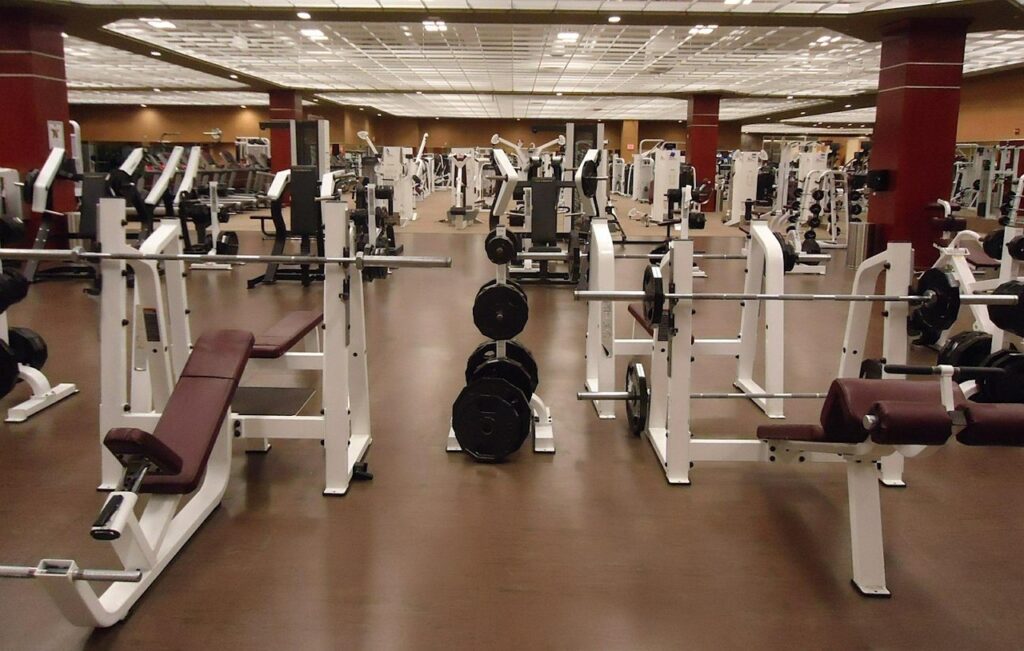

Get Free Notion Templates, Recipies, and Ebook! If you love what we do, fuel our work with a coffee!
Note: This article includes affiliate links. Your support is valued and comes at no additional expense to you.
Crypto Donation – 94TQXX1ENtkXgVmNwQNPzW2HKXXPYhHdzPRPkvtkMVgf
FAQ – Effective Workouts for Weight Loss
Q1: Can running or jogging help with weight loss?
A1: Yes, running or jogging can be highly effective for weight loss. It is a classic aerobic exercise that burns calories and improves cardiovascular health. By incorporating running or jogging into your routine and maintaining a calorie deficit, you can contribute to weight loss.
Q2: Is high-intensity interval training (HIIT) suitable for beginners?
A2: HIIT can be adapted to suit individuals of different fitness levels, including beginners. However, it is important to start at an appropriate intensity and gradually increase the difficulty. Beginners should consider consulting with a fitness professional to ensure proper form and safety during HIIT workouts.
Q3: Can strength training help burn fat?
A3: Yes, strength training can help burn fat. When you engage in strength training exercises, you build lean muscle mass. This increase in muscle mass boosts your metabolism, allowing you to burn more calories even at rest. Incorporating strength training into your routine can contribute to overall fat loss and improve body composition.
Q4: Can spot reduction exercises eliminate belly fat?
A4: Spot reduction, or targeting fat loss from specific areas of the body, is not possible through exercise alone. To reduce belly fat, it is essential to engage in overall weight loss strategies, including a balanced diet, regular exercise, and maintaining a calorie deficit. This holistic approach can contribute to reducing overall body fat, including belly fat.
Q5: Is walking an effective exercise for weight loss?
A5: Yes, walking can be an effective exercise for weight loss. It is a low-impact activity that can be easily incorporated into daily routines. Walking burns calories increases cardiovascular fitness, and strengthens leg muscles. By maintaining a brisk pace and walking regularly, you can contribute to your weight loss goals.




